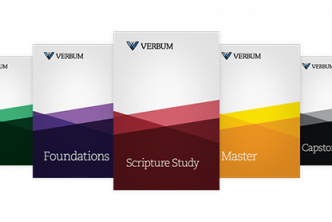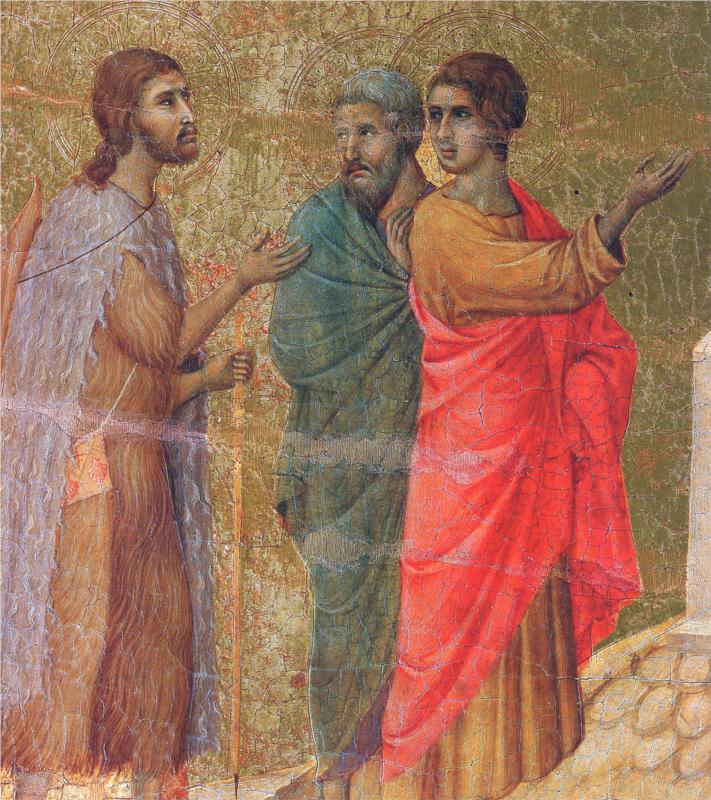Today’s guest post is by Aric Nesheim, marketing specialist in the Catholic division.
As the papal conclave fast approaches, many are wondering how it actually works. The conclave’s fascinating history shows how malleable the papal-election process can be. Today, the rules and regulations for the papal conclave have been changed and altered by various apostolic constitutions and motu proprios. Here are 10 need-to-know points concerning the upcoming conclave:
1) When the cardinals enter the Sistine Chapel, after the master of the Papel Liturgical Celebrations says “Extra omnes!” (outside, all of you!), no one is allowed to stay save the cardinals themselves. The word “conclave” is actually derived from the Latin cum (“with”) and clavis (“key”), indicating that the cardinals are locked in together until a new pope can be elected.
2) Of the 117 cardinals eligible to vote, Pope Benedict XVI named 67 and Pope John Paul II named 50.
3) Two cardinal electors are not attending: Julius Riyadi Cardinal Darmaatmadja, SJ, archbishop emeritus of Jakarta, Indonesia, and Keith Michael Patrick Cardinal O’Brien, archbishop emeritus of Saint Andrews and Edinburgh, Scotland. This means that of the 117 cardinals able to vote, only 115 will be participating in the conclave.
4) Of the living cardinals, only six were council fathers at the Second Vatican Council (Cardinals Angelini, Arinze, Canestri, Delly, Fernandes de Araújo, and Lourdusamy). However, all are over 80 and thus cannot participate in the conclave.
5) The apostolic constitution Universi Dominici Gregis (“The Lord’s Whole Flock”), issued by Pope John Paul II, stipulates that the conclave must begin 15 to 20 days after the vacancy. However, on February 25, Pope Benedict XVI issued the motu proprio Normas Nonnullas, which states that if the Cardinal Electors have all arrived, the conclave may begin early. As of today, the Vatican is still waiting for five cardinals to begin the conclave process.
6) In another motu proprio, Benedict XVI also changed the way that John Paul II had set up the election of the next pope. The voting process is simple: if the cardinals become deadlocked and cannot get a clear election with a 2/3 majority, they must take a day for prayer and dialogue and then vote for the top two cardinals of the last balloting (though these two may not vote—they have what’s called a vox passiva). Because the number of cardinals is odd, there needs to be a consensus of at least 77 before a pope can be elected.
7) When everyone is out except for the cardinals, the voting begins! The process is carried out in three phases: First, in what’s called the pre-scrutiny, the ballot papers will be distributed, and three groups of three cardinals will be selected to complete various tasks. The first group of cardinals will be selected to be “Scrutineers”—basically those who tally up the ballots. The second group, called “Infirmarii,” will be in charge of placing the ballots of any cardinals who are sick or weak (and thus cannot leave their room) into the voting urn. The third group will consist of “Revisers”—those who check the work of the Scrutineers.
8) Next, the scrutiny portion of the election will begin. Each cardinal will write down whom they wish to be the next pope and proceed to take their ballot to the altar where the three Scrutineers stand. Before a ballot can be cast, each cardinal must recite an oath in Latin that reads in English, “I call as my witness Christ the Lord who will be my judge, that my vote is given to the one who before God I think should be elected.”
9) Finally, after all the ballots have been opened up, the “post-scrutiny” portion of the conclave will begin. The Scrutineers add up the votes and the Revisers double-check them. If no clear election is made, the ballots must be burned and recast, followed by the signaling of dark smoke. If a new pope has been elected, white smoke will rise from the Sistine Chapel followed by the ringing of bells.
10) Whereas the ballots have, in the last century, been placed into a chalice and pyx, this time around there are three “urns” in which they are placed. The first urn is for normal voting, the second will be used only if there are cardinals who cannot leave their rooms due to illness, and the third will be used to gather the ballots after the scrutiny—right before they are burned to produce either the white or the black smoke above the Sistine Chapel.





Nice to see they’ve hired another Catholic. Welcome!
1) Shouldn’t it be ‘cum’ rather than ‘com’?
4) There’s at least one cardinal below 80 who did take active part in the Council, though not as a bishop: Cardinal Daneels.
But it’s quite a coincidence, isn’t it, that the first pope who didn’t take part in the Council will (in all likelihood) be elected during the VII jubilee year.
5) Tuesday they waited for 5 cardinals. I believe the last arrived Thursday.